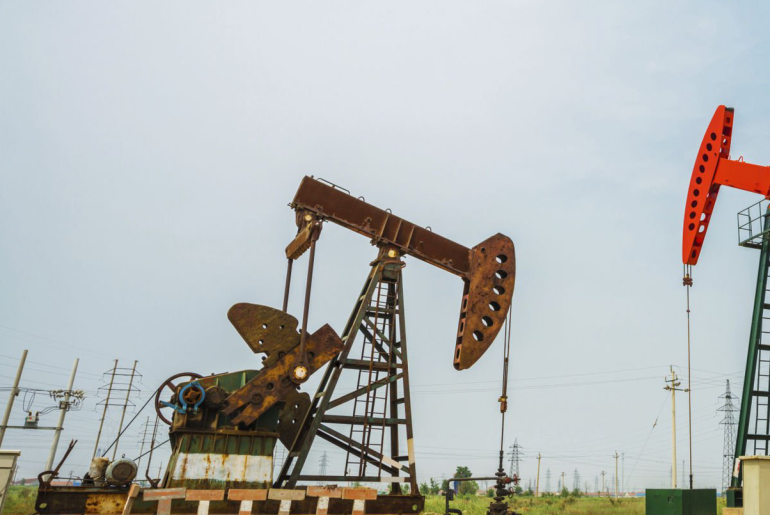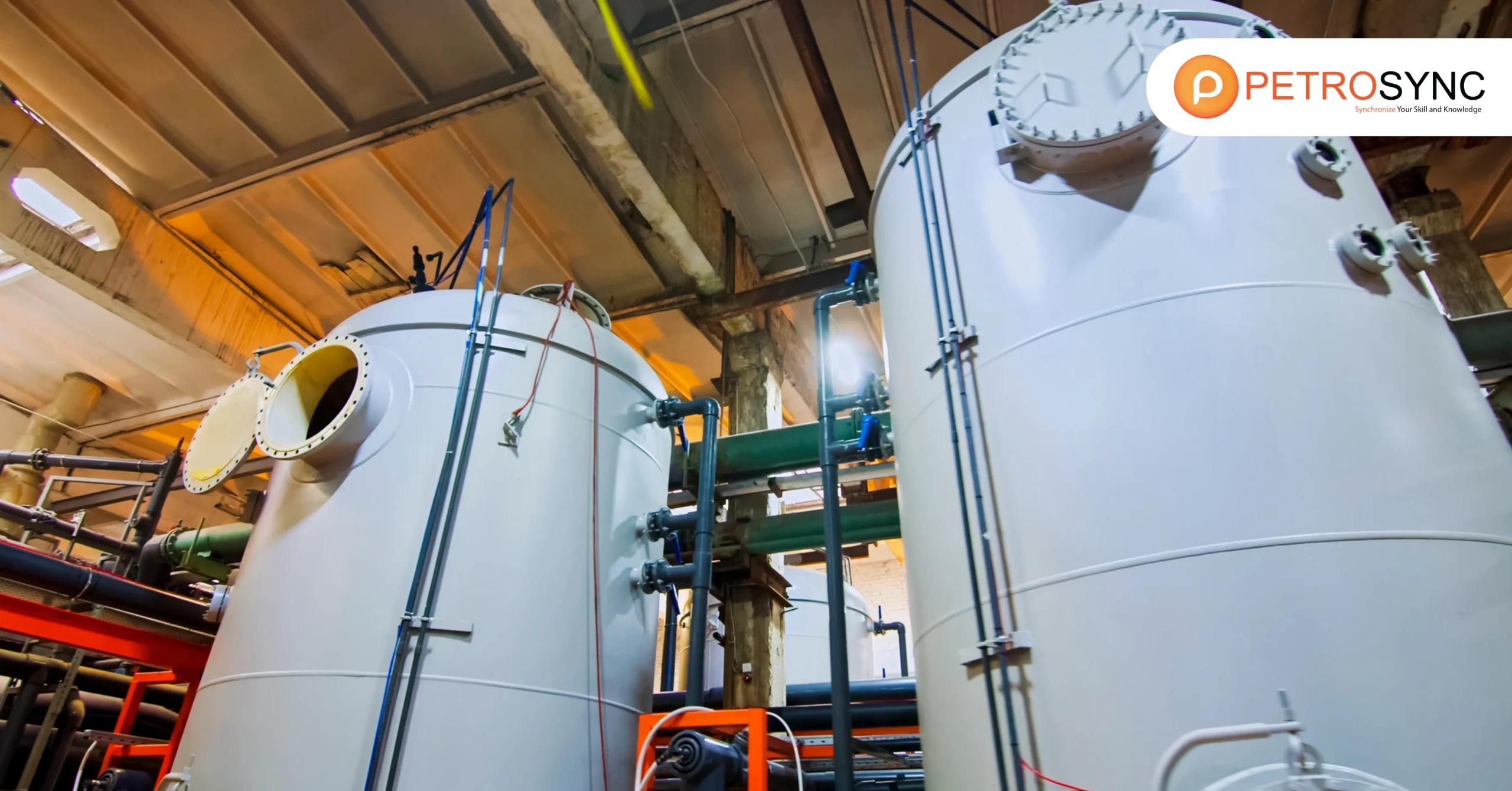Embarking on the study of drilling engineering uncovers a field where careful planning and technical expertise shape the success of every drilling project. In this exploration, we set the stage for understanding the intricate details that define this discipline. This introductory article aims to simplify the essential concepts of drilling engineering
What Is Drilling Engineering?
Drilling engineering is the scientific and practical field focused on creating holes in the Earth’s subsurface, the science behind the wells that produce oil and gas. It involves a combination of geology, mechanics, and technology to ensure the successful and efficient drilling of wells. In simpler terms, drilling engineering is about digging deep into the ground to access valuable resources using a thoughtful and strategic approach.
What Is The Drilling Engineering?
A drilling engineer specializes in the science and practice of creating holes in the Earth’s subsurface, combining the design and implementation of procedures to drill wells as safely and economically as possible. These experts use a combination of geology, mechanics, and technology to ensure the effective and efficient drilling of wells. In simpler terms, a drilling engineer is someone skilled in the methods and techniques of digging deep into the ground to access valuable underground resources.
What Is The Difference Between a Drilling Engineer and A Reservoir Engineer?
A Drilling Engineer and a Reservoir Engineer are two distinct roles in the field of oil and gas, where reservoir engineers handle the problem of maximizing fuel production while minimizing costs, meanwhile drilling engineers address challenges relating to technique and geologic structure.
A Drilling Engineer focuses on the practical aspects of creating holes in the Earth’s subsurface to extract resources like oil, gas, or minerals. They design and implement procedures to drill wells safely and economically, overseeing the technical and operational aspects of drilling operations.
On the other hand, a Reservoir Engineer deals with the subsurface reservoirs where these resources are located. They analyze and optimize the extraction of oil and gas from reservoirs, considering factors like fluid dynamics, porosity, permeability, reservoir characterization, and rock properties.
What Are The Important Parameters in Drilling Engineering?
There are several important parameters in drilling engineering, including:
1. Mud Rheology
Mud rheology, commonly known as mud, delves into how drilling fluids flow and deform during drilling operations, encompassing the study of the deformation and flow of mud. This exploration involves understanding how the mud behaves as it circulates through the wellbore and interacts with the drill bit and surrounding formations.
Mud rheology plays a crucial role in drilling engineering as it allows engineers to assess the viscosity and shear rate of the mud. This understanding ensures that the mud maintains the right consistency, offering effective lubrication for the drill bit and facilitating the removal of drilled cuttings to the surface.
2. Mud Weight
In drilling engineering, mud weight denotes the density of the drilling fluid, commonly referred to as mud. This essential parameter, under the careful control of engineers, is instrumental in balancing wellbore pressure to prevent incidents like well-blowouts.
Ensuring the appropriate mud weight is crucial for stability during drilling, allowing for the smooth progression of operations. In essence, mud weight serves as a vital factor in creating a secure and effective drilling environment.
3. Weight on Bit
Weight on Bit (WOB) is the amount of downward force exerted by a drill bit during drilling operations. It’s a crucial parameter that drilling engineers carefully manage. The right WOB is essential for efficient drilling. By adjusting the force applied to the drill bit, engineers can optimize the rate at which the bit penetrates the subsurface.
This optimization is key for achieving effective cutting without causing excessive wear or damage to the drill bit. In simpler terms, weight on bit ensures a balance in applying the right downward force, allowing for a smooth and successful drilling process.
4. Pump Rate
Pump Rate refers to the speed at which drilling fluid, commonly known as mud, is circulated during drilling operations. It plays a crucial role in maintaining the efficiency of the drilling process.
By controlling the pump rate, drilling engineers ensure that the mud circulates at the right speed to achieve various essential tasks. These tasks include efficiently transporting drilled cuttings to the surface, cooling the drill bit, and contributing to the overall success of the drilling operation. In simpler terms, Pump Rate is the rate at which mud is pumped to keep the drilling process running smoothly.
5. Rock Characteristics
Rock characteristics, in the context of drilling engineering, encompass the distinctive qualities and properties of geological formations encountered during drilling operations. These characteristics include color, streak, cleavage, luster, and hardness, which are the five main attributes used to analyze rocks.
In simpler terms, engineers study these features to understand the specific traits of the rocks beneath the Earth’s surface. This analysis is crucial in drilling engineering as it influences the selection of appropriate drill bits and strategies. Engineers use this information to adapt their drilling approach, ensuring effective and efficient progress through the subsurface.
6. Drilling Fluids
Drilling fluids, a mixture of water and other components, such as bentonite, clay, and oil, are specialized liquids used in drilling operations. These fluids serve multiple important functions during the drilling process. They cool and lubricate the drill bit, carry away drilled cuttings to the surface, and prevent instability in the wellbore.
In oil and gas drilling, drilling fluids play various roles, including:
- Lubricating and cooling the drill bit.
- Transporting rock cuttings to the surface.
- Coating the well’s sides to prevent collapses.
- Controlling the well to ensure stability.
FAQs: Understanding Drilling Engineering
1. What does drilling engineering do?
Drilling engineering is crucial for creating openings in the Earth to extract valuable resources, such as oil and gas. Its importance lies in meeting global energy demands and ensuring a sustainable energy future.
2. How has drilling technology changed over time?
Drilling technology has evolved from traditional cable tool drilling to advanced rotary systems. Innovations in rig systems, drill bits, and automation have greatly improved the efficiency and safety of drilling operations.
3. What are the main parts of drilling rigs?
Drilling rigs consist of complex systems including the derrick, drawworks, mud pumps, and crown blocks. Each part plays a role in the smooth operation of drilling, emphasizing both efficiency and safety.
4. What role do drilling fluids play in the drilling process?
Drilling fluids are essential for maintaining wellbore stability and enabling efficient drilling. Their composition and functions are critical for the success of drilling operations, ensuring the integrity of the wellbore.
5. How is safety ensured in drilling engineering?
Safety is of utmost importance in drilling engineering, with measures ranging from personal protective equipment (PPE) to well control procedures. Rigorous safety protocols and emergency response planning are in place to protect drilling crews and the environment.
6. How does directional drilling help recover resources?
Directional drilling allows engineers to navigate wells horizontally, maximizing resource recovery. This technique is invaluable for reaching remote reservoirs and optimizing the extraction of subsurface resources.
Exploring the complex field of drilling engineering reveals its pivotal role in meeting global energy demands. As we delve into the evolution of drilling technology, the components of drilling rigs, and the importance of drilling fluids, it becomes clear that adopting best practices is crucial. Effective drilling not only ensures operational safety but also maximizes the recovery of resources, especially in oil extraction.
Now, given the ever-changing nature of drilling engineering, we recommend you enhance your knowledge. Consider enrolling in the Applied Drilling Engineering Training provided by PetroSync. This program offers practical experience and insights from our selectively chosen industry expert.
Our Applied Drilling Engineering training is tailored to provide you with the most recent advancements and best practices in drilling engineering, enabling you to have a meaningful impact in your organization. Invest in refining your expertise and position yourself at the forefront of influencing the future of drilling technology with PetroSync!
Credit: iStock

SEO specialist by day, fact-checker by night. An avid reader and content writer dedicated to delivering accurate and engaging articles through research and credible sources.






